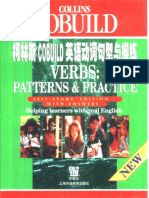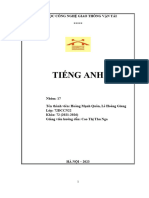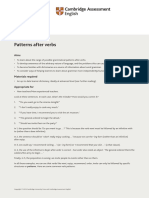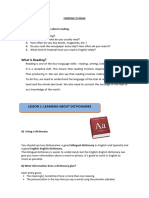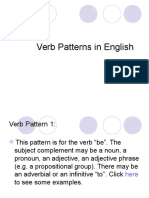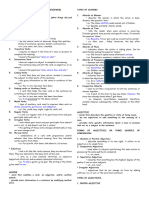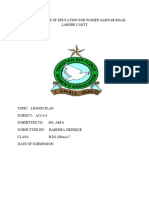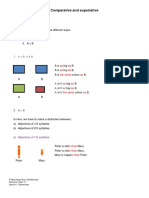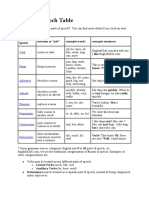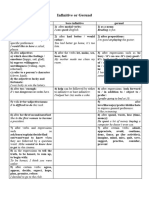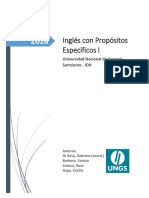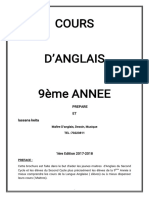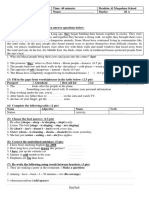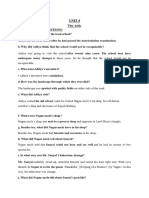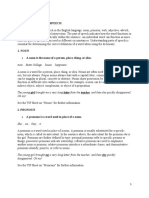0% found this document useful (0 votes)
24 views2 pagesGrammar Pattern Search
The document provides a guide on how to search for COBUILD grammar patterns, focusing on adjectives, nouns, and verbs. It outlines the steps to select patterns from a menu, view descriptions, examples, and meaning groups, along with specific examples for each type of word. Additionally, it includes example sentences to illustrate how to identify target words and their corresponding patterns.
Uploaded by
berilliiCopyright
© © All Rights Reserved
We take content rights seriously. If you suspect this is your content, claim it here.
Available Formats
Download as PDF, TXT or read online on Scribd
0% found this document useful (0 votes)
24 views2 pagesGrammar Pattern Search
The document provides a guide on how to search for COBUILD grammar patterns, focusing on adjectives, nouns, and verbs. It outlines the steps to select patterns from a menu, view descriptions, examples, and meaning groups, along with specific examples for each type of word. Additionally, it includes example sentences to illustrate how to identify target words and their corresponding patterns.
Uploaded by
berilliiCopyright
© © All Rights Reserved
We take content rights seriously. If you suspect this is your content, claim it here.
Available Formats
Download as PDF, TXT or read online on Scribd
/ 2


